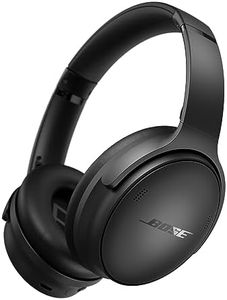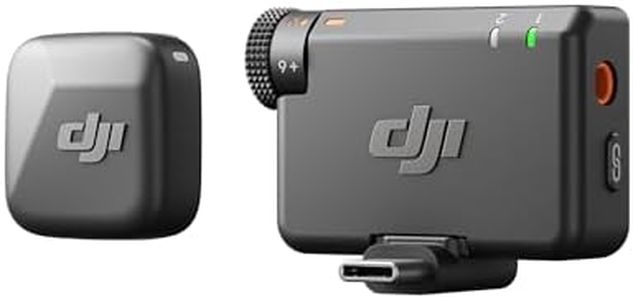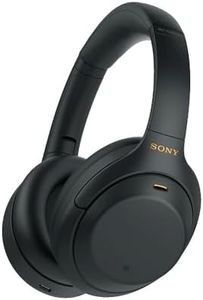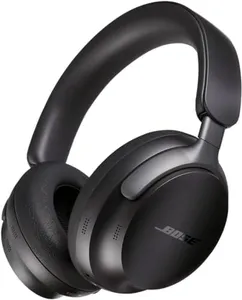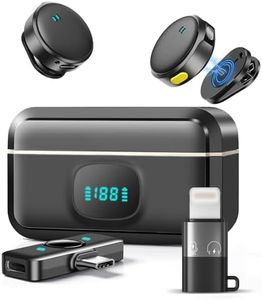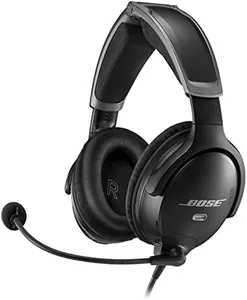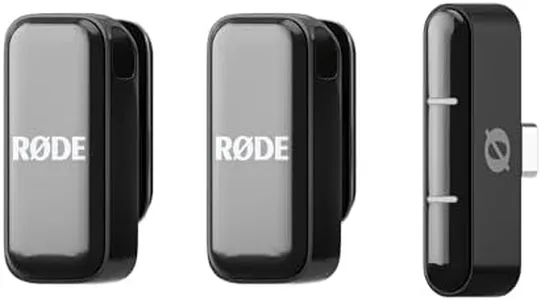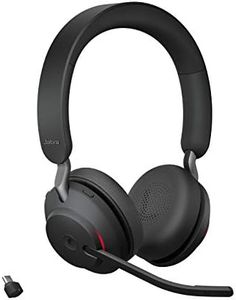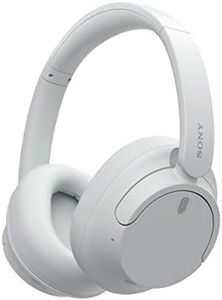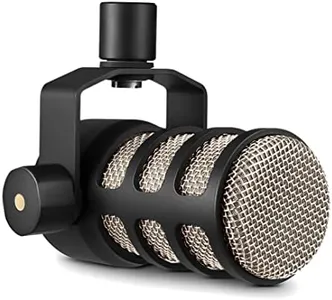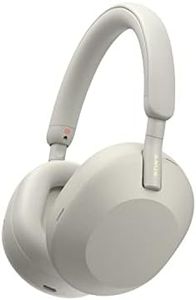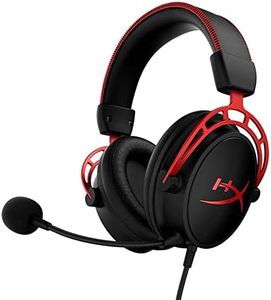We Use CookiesWe use cookies to enhance the security, performance,
functionality and for analytical and promotional activities. By continuing to browse this site you
are agreeing to our privacy policy
10 Best Noise Cancelling Microphone
From leading brands and best sellers available on the web.Buying Guide for the Best Noise Cancelling Microphone
Choosing the right noise-cancelling microphone can make a world of difference whether you’re recording audio, participating in calls, gaming, or streaming. The goal is to find a microphone that delivers clear voice quality while minimizing unwanted background noise. To pick the best fit, consider how and where you’ll use the mic—at home, in the office, or on the go—and match its features to your environment and usage habits.Type of Noise CancellationNoise cancellation in microphones can be active or passive. Passive noise cancellation relies on physical design (like foam covers or closed headset cups) to block out noise, while active noise cancellation uses electronic processing to subtract ambient sounds. If you’re in a mildly noisy space, passive cancellation might be enough. However, for louder, unpredictable environments, an active noise-cancelling microphone generally offers better clarity. Consider your surroundings: the more challenging the background noise, the more likely you'll benefit from active noise cancelling technology.
Microphone Directionality (Polar Pattern)Directionality refers to how the microphone picks up sound and is often described by terms like omnidirectional, unidirectional (cardioid), or bidirectional. Omnidirectional mics capture sound from all directions, which isn’t ideal if you’re trying to block out noise. Cardioid or unidirectional mics are designed to pick up sound mainly from the front, greatly reducing side and rear noise. For most users aiming to cut out background noise, a unidirectional or cardioid mic is best. If several people are using one mic in a quiet room, an omnidirectional might still work, but for solo use in busy environments, stick with directional types.
Connection Type (Wired vs. Wireless)Microphones come with different connection types—like USB, 3.5mm jack, XLR, or wireless (Bluetooth or proprietary dongles). Wired connections usually offer more reliable sound quality and lower latency, suitable for professional use or gaming. Wireless microphones give you freedom to move, which is handy for presentations or walking around, but may introduce occasional interference or require charging. Think about your typical usage: if you’ll be stationary, wired is dependable; if you need to move around often, wireless may suit you better.
CompatibilityCompatibility refers to which devices your microphone will work with—PCs, Macs, smartphones, cameras, or gaming consoles. Not all microphones work seamlessly with all devices. Some are plug-and-play with computers via USB, while others may need adapters or drivers for phones or audio interfaces. Before buying, consider which device you’ll most frequently use and ensure your chosen mic connects easily and works reliably with it.
Microphone Size and PortabilitySize and portability can matter, especially if you travel or need a mic for on-the-go situations. Desktop microphones are usually larger and suited for stationary use, offering better sound but less convenience to carry around. Compact, clip-on, or headset microphones are easier to transport and set up quickly. Match the size and portability to your lifestyle: if you don’t want a bulky setup or need to take the mic with you, opt for a lightweight and compact model.
Built-in Filters/ProcessingSome microphones feature built-in filters, such as pop filters, windshields, or onboard audio processing (like EQ or compression). These can smooth out harsh sounds and further reduce unwanted noise before it reaches your computer or recording device. If you dislike fussing with extra gear or want straightforward operation, look for mics with helpful built-in processing features. However, if you enjoy fine-tuning your sound later, external or software filters might be enough.
